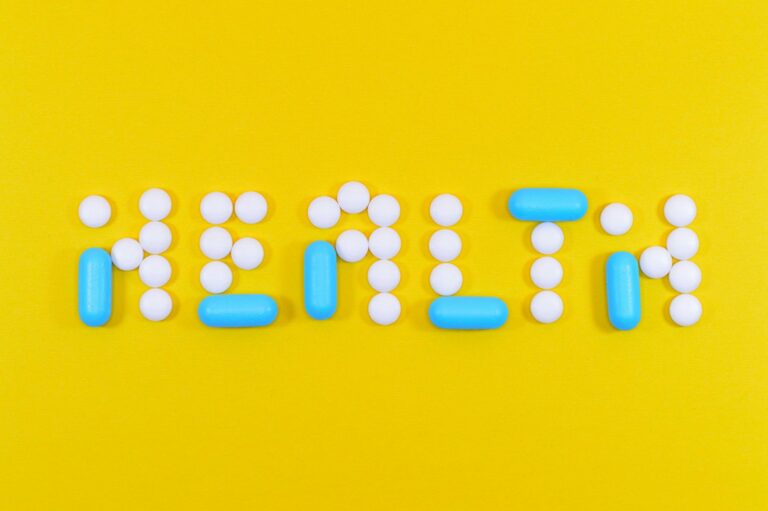Definition
PFAS (Per- and polyfluorinated alkyl substances) are a family of over 10,000 highly persistent & toxic chemicals that don’t occur in nature & pose significant risks to our health. They are known as the Forever Chemicals, because they last thousands of years. They do not degrade in the environment but contaminate food, feed and drinking water wherever they are used. If we chose to stop producing them today, they would still be around for generations.
Unfortunately, PFAS are almost impossible to avoid. They can be found in our homes, offices, supermarkets—practically everywhere. They have been found in people’s bloodstreams and breast milk as well as in wildlife. They have been used by industries since the 1950s to produce consumer products because of their oil-, stain-, and water-repellent properties.
Examples of PFAs
A lot of everyday products contain PFAs– clothing, equipment, textiles, paint, food packaging, photographic coatings, non-stick coatings on cookware as well as fire-fighting foam. Most notably, they have been found in Shein clothing. Recent testing of a range of yoga and athletic clothes marketed for women from common brands like Under Armour, Gap, and Adidas found that more than two-thirds of sports bras and a quarter of leggings tested contain fluorine—an indicator for PFAS.
Whether found in a raincoat or a pair of yoga pants, PFAS are used widely in our clothing, shoes, and accessories.
PFAS are also used in carpets, cleaners,, cookware, cosmetics, furnishings, outdoor apparel, papers, protective coatings and sealants.
Generally, items that have the terms “waterproof,” “stain-repellent,” or “dirt-repellant” on the tag contain PFAs.
These chemicals also cause pollution at every stage of production. At manufacturing facilities and garment factories, they often contaminate the air, water, and soil of the surrounding environment. PFAs have been proven to stay in the environment and in our bodies for long periods of time where they can increase in concentration causing harm.
Some PFAS have even been known to build up in a child before birth. Alarmingly, PFAS were detected in the breast milk, umbilical cord blood, or bloodstreams of 98 percent of participants in a National Health and Nutrition Examination Survey by the Centers for Disease Control and Prevention.
How do they affect our health?
Tests have indicated that some PFAS cause effects such as raised cholesterol levels, weakened immune systems, hormone disruption, kidney and testicular cancer damage to the liver & thyroid, interference with vaccine effectiveness, reproductive harm, and abnormal foetal development.
Europe has almost 23% of the world’s new cancer cases despite making up only 6% of the world’s population, in part because of “chronic exposure to some pharmaceuticals, pollutants and other occupational and environmental carcinogens”, according to the European Environment Agency.
What can you do to reduce the risk to your own health?
It is becoming increasingly difficult to completely avoid PFAS as the use of the substances is so widespread however there are still a number of things you can do to reduce your exposure.
CLOTHING
Reduce your use of waterproof gear only purchasing these items when you really need it. The best way to find out whether your item of clothing is PFAS-free is to check the brand’s website to see if they have announced the elimination of PFAS from their clothing or if they have labeled clothing lines as PFAS-free. If no information is available, contact customer service to ask directly. Do not be fooled by labels that a product is “PFOA-free” or “PFOS-free,” since those two particular PFAS chemicals have already been eliminated from U.S. production & are restricted in the EU, however there are many other PFAS-containing substitutes in widespread use.
Review the brands covered on NRDC’s (Natural Resources Defense Council) PFAS apparel scorecard. You can also check out PFAS Central, a project of the Green Science Policy Institute, which offers a helpful list of products and brands that state they offer PFAS-free outdoor gear, apparel, and other products.
FOOD
Don’t heat up food that’s wrapped in grease-resistant packaging. Make popcorn on the stovetop instead of in PFAS-treated microwave bags. Purchase cast iron, glass, or ceramic cookware rather than Teflon.
OTHER
The simplest way to reduce your exposure to these toxic chemicals is to opt against buying any furniture, rugs, and bedding that are labelled as being water- or stain-repellent. Those treatments are practically guaranteed to contain PFAS. Avoid personal care products with “perfluor-“, “polyfluor-“, and “PTFE” on the label. Note that “PFOA free” products often use similar chemicals instead. If you’re wondering about a potential purchase, check the manufacturer’s website and labels for whether its products are PFAS-free. You can buy products with eco-labels or products that directly indicate that they are free of PFAS. Support companies that are committed to phasing out highly fluorinated chemicals.
What are organisations doing about it
The manufacture and use of some PFAS are already restricted as part of the EU’s chemicals legislation. Two PFAS are currently restricted under the international Stockholm Convention on POPs and the EU POPs Regulation. Furthermore, ECHA and the European Commission are carrying out studies related to PFAS used in fire-fighting foams and textiles. However, this means there are still thousands of other PFAs still being produced and impacting us everyday.
In response to pressure from both consumers and groups like NRDC, a number of apparel brands are taking action. Levi Strauss & Co., Victoria’s Secret, and Deckers Brands have already removed PFAS from their merchandise. Other major brands, like Ralph Lauren and Patagonia Inc., have set time-bound commitments to do the same. But these companies are still in the minority.
Sources and further information.
- https://chemicalsinourlife.echa.europa.eu/why-we-care-about-forever-chemicals-and-why-you-should-too
- https://www.epa.ie/our-services/monitoring–assessment/waste/chemicals/pfas
- https://www.nrdc.org/stories/forever-chemicals-called-pfas-show-your-food-clothes-and-home
- https://pfascentral.org/pfas-basics
- https://chemtrust.org/pfas/#:~:text=PFAS%20(Per%2D%20and%20polyfluorinated%20alkyl,don’t%20occur%20in%20nature.
- https://www.theguardian.com/environment/2023/oct/16/eu-abandons-promise-ban-toxic-chemicals-consumer-products
- https://www.ehn.org/pfas-clothing-2656587709.html
- Understanding PFAS | riversideca.gov




